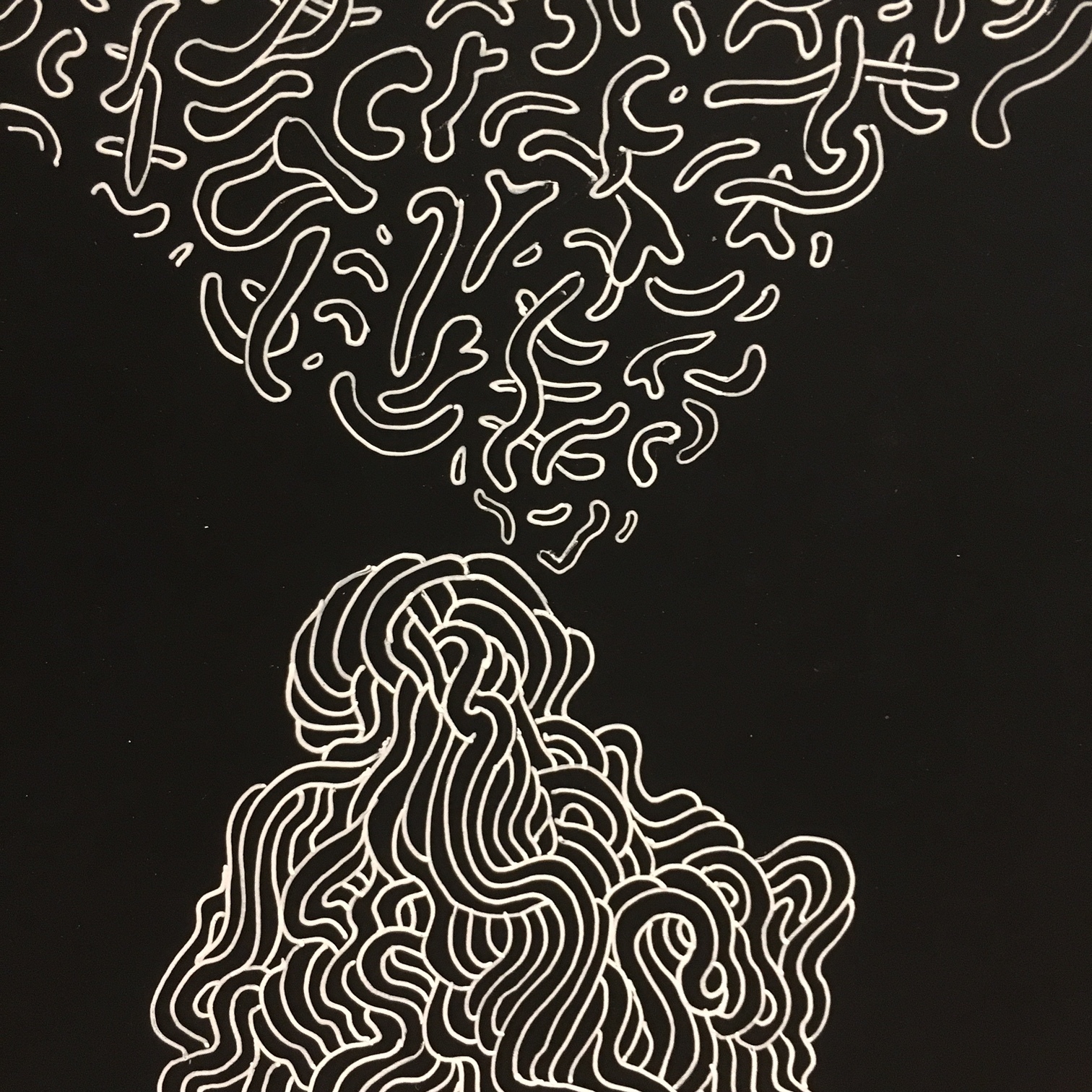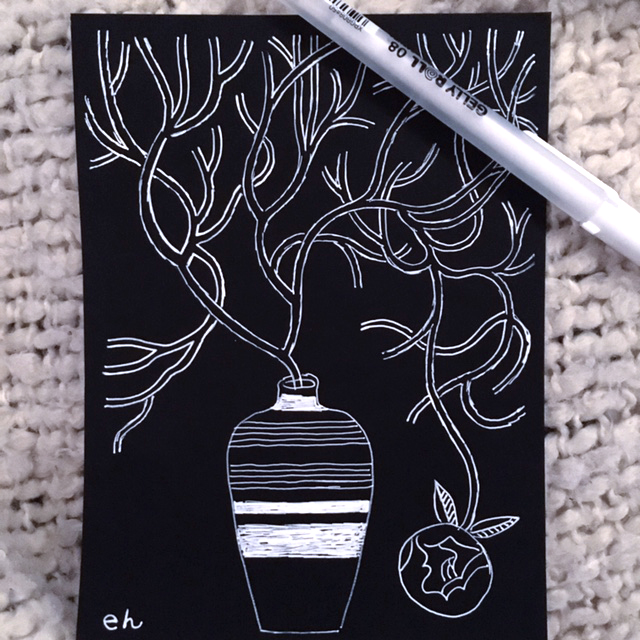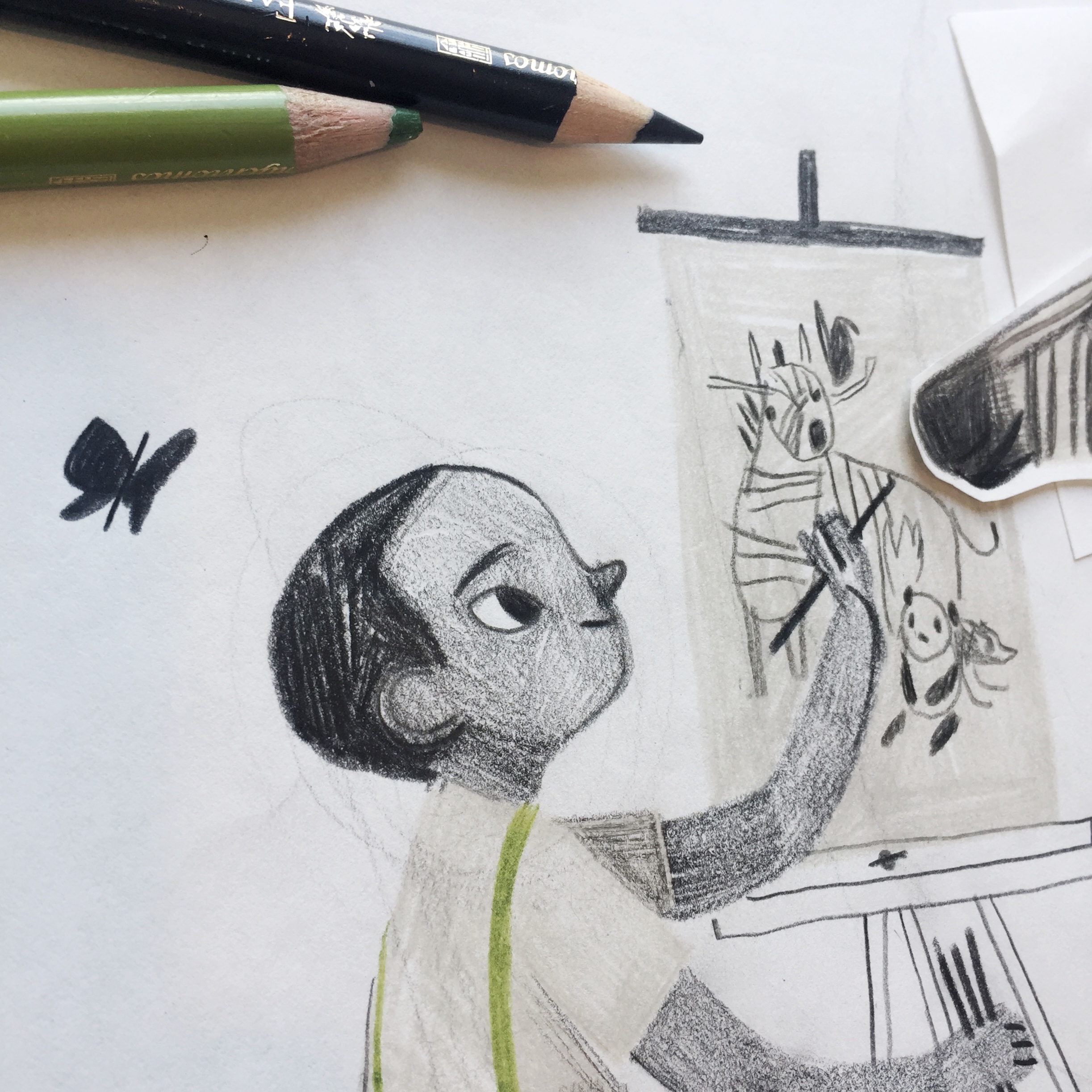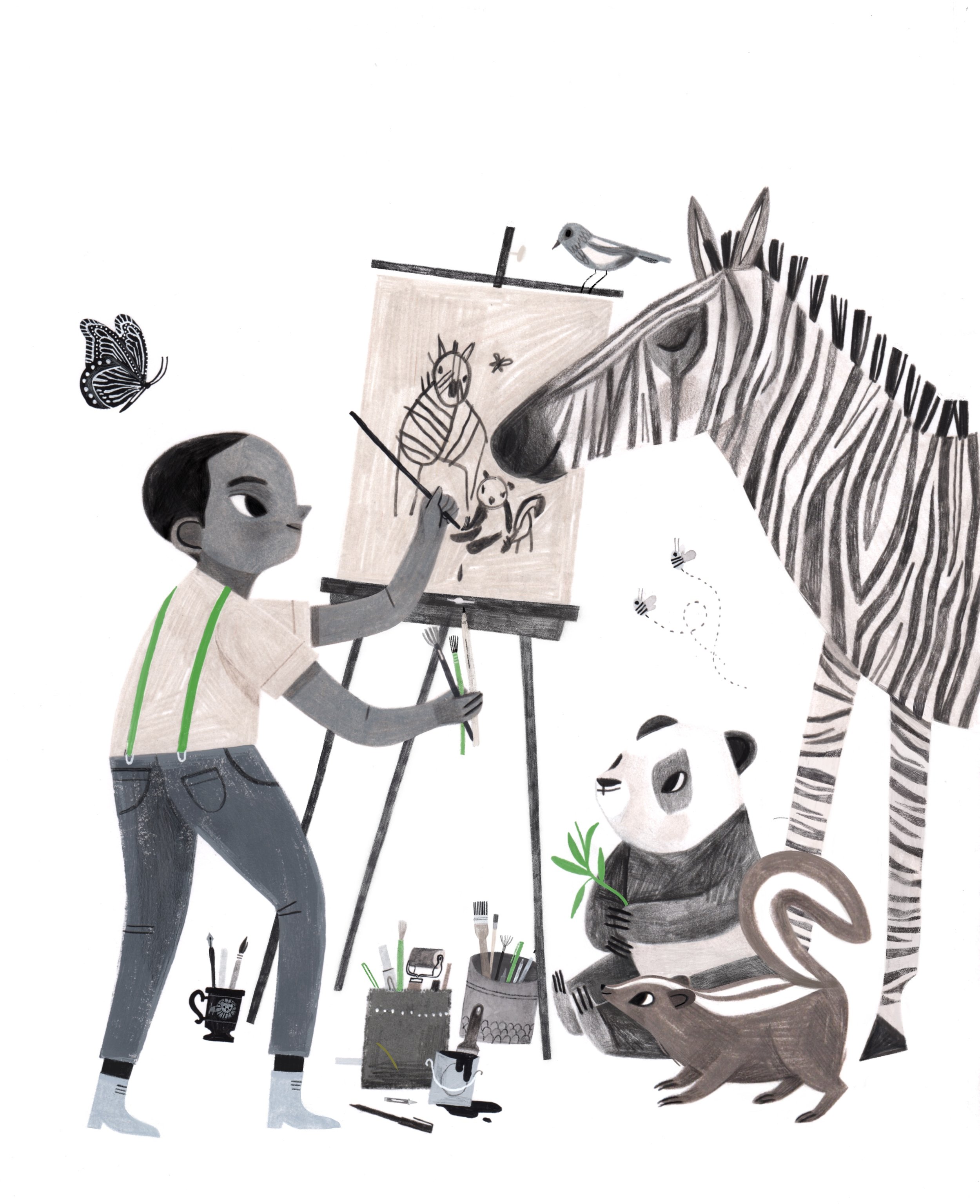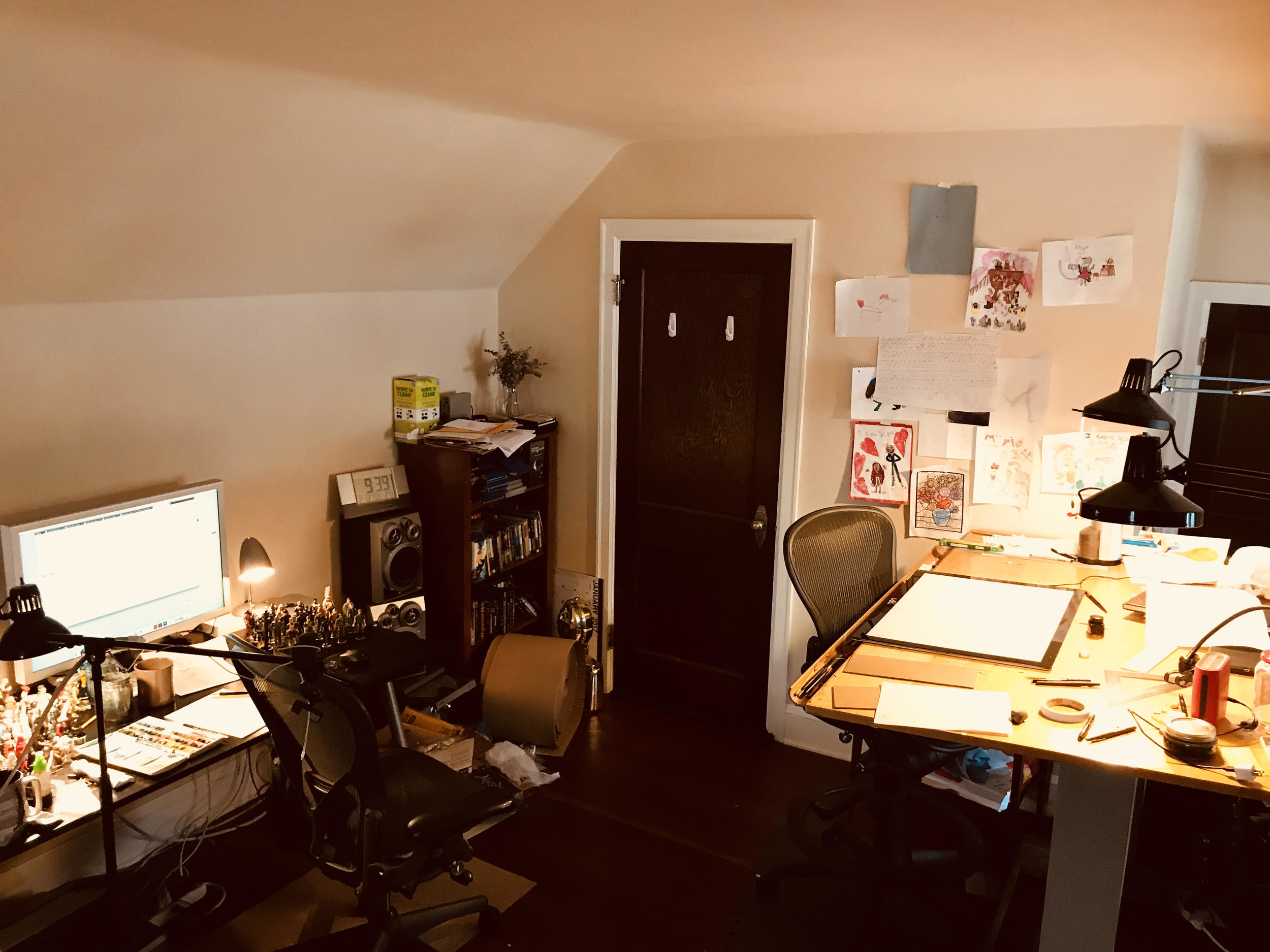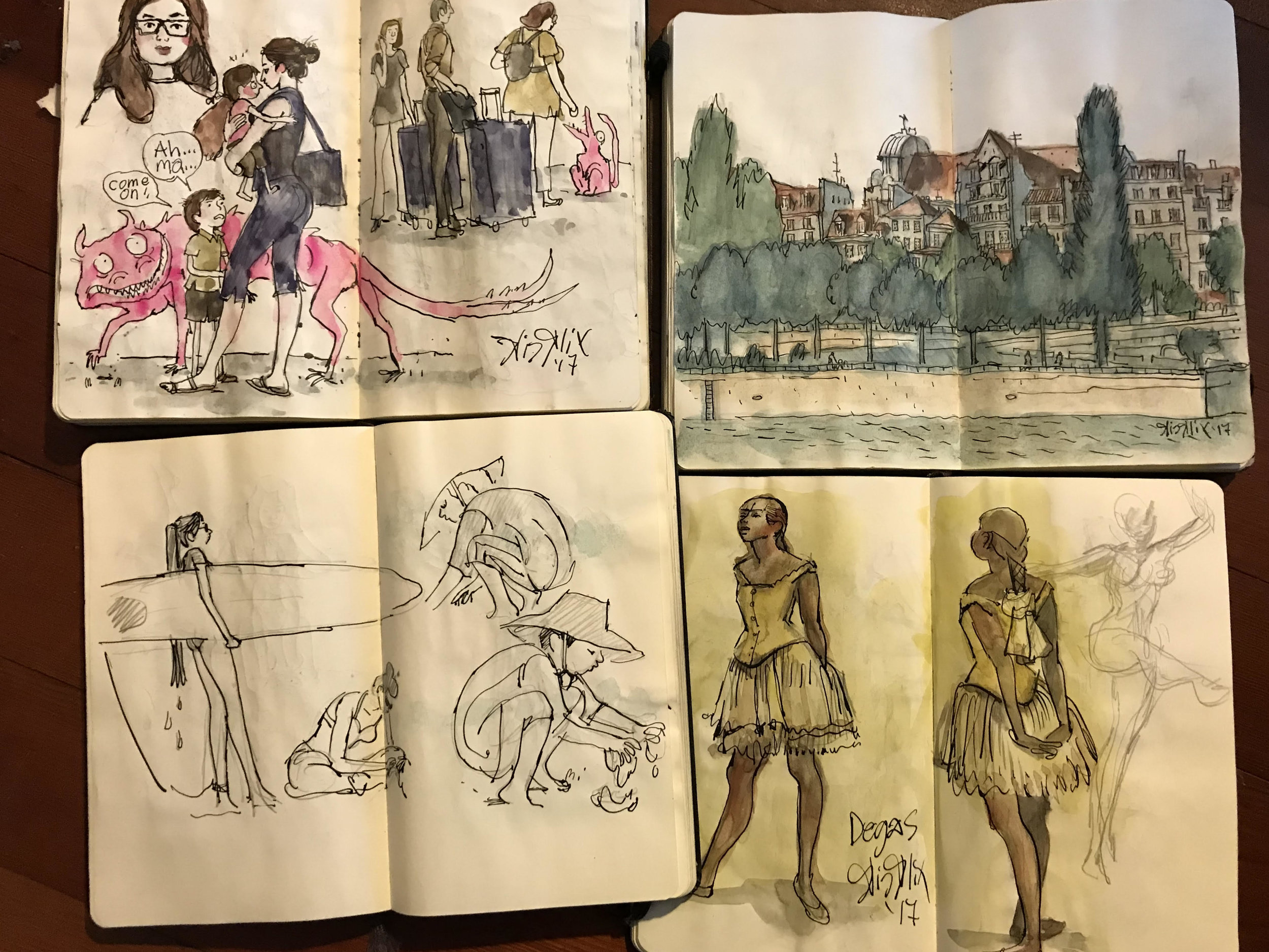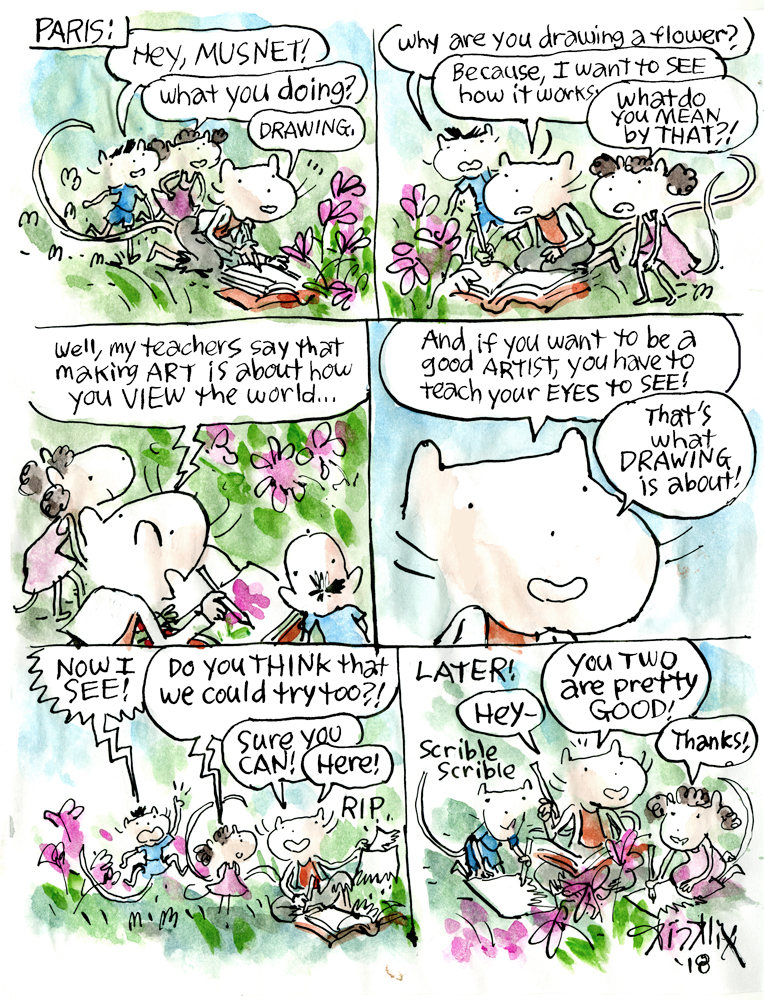White on Black: Sakura Gelly Roll White Pens
Today our art director, Elizabeth Haidle, shares a few tips on how to spark a certain magic with a simple tool which has quickly become our current best-ever, favorite doodle pen: Sakura's Gelly Roll White!
On the days when I put pencil to paper and nothing is coming to mind...or that point in a project where I've worked myself into a corner and none of the results are satisfying...I find that switching things up can work a certain magic.
Just reversing the light and darks—starting with black paper and drawing with white lines—usually leads to something refreshing, new and unexpected.
Elizabeth's son Eli made this luminescent drawing of a feather using a White Gelly Roll Pen on black Strathmore paper.
My son Eli and I tried out a thin black Strathmore paper and also their thick and luscious 'blackboard' paper, more like a cardstock.
(Which we both prefer, as more effects are possible....like smearing the paint before it dries and even layering more lines on top of that.)
Art by Elizabeth Haidle
We churned out a few as unusual birthday cards, with notes on the back—so much more interesting than buying something at the store.
Create your own original art. With these white pens you'll be guaranteed to get some stunning and impressive results.
Thanks to Sakura of America--our longtime sponsors--who will be giving away free Gelly Roll and Pigma Micron pens at the Illustoria pop-up shop at Morningtide next weekend, Sunday, Sept 9th.

